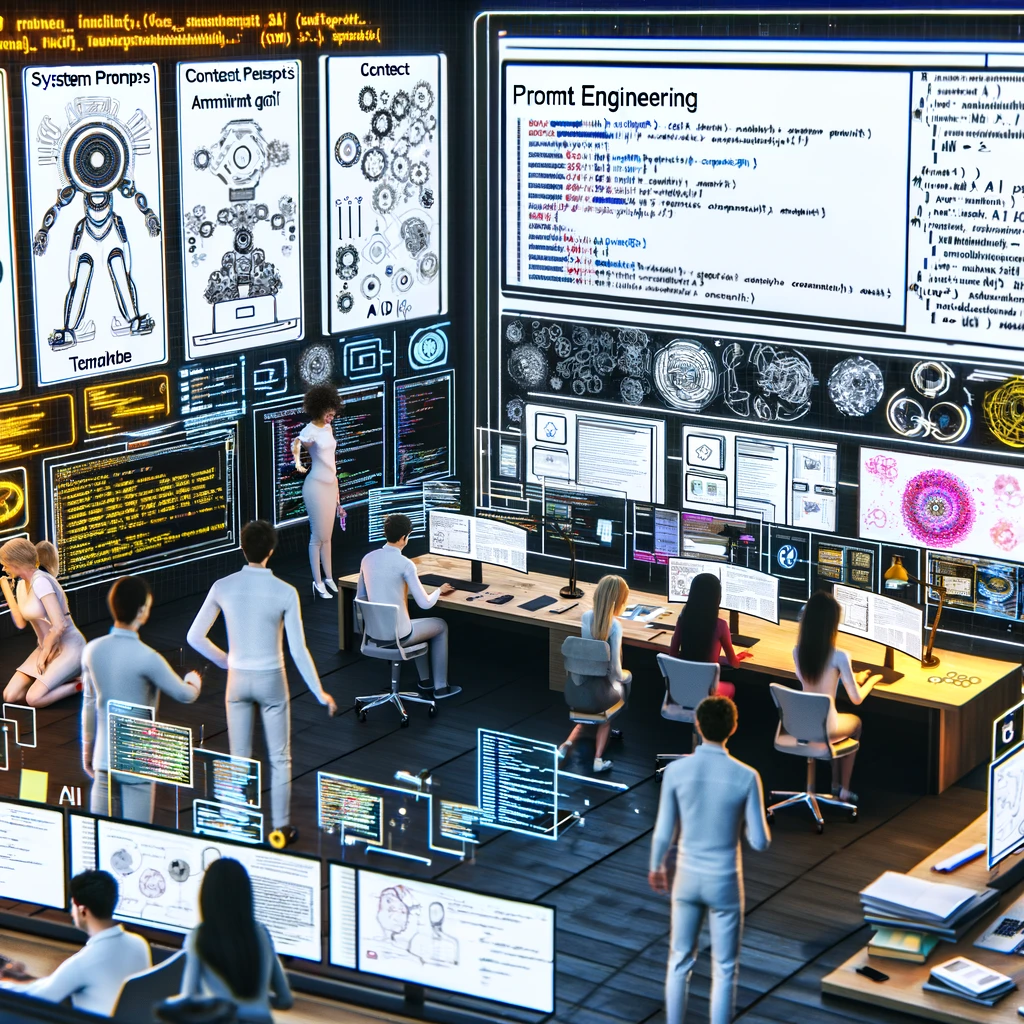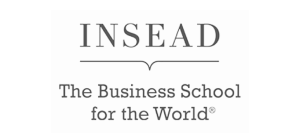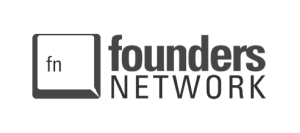Giving employees tools to manage their mental wellness can positively affect an organisation. MOAI, a workplace mental wellness web app, monitors the state of an organisation and establishes the impact it has on revenue. The platform also suggests various options to support an employee. Maintaining employees’ mental well-being impacts an organisation’s success.
Dr Oliver Shipston-Sharman (MBChB BMedSci Hons), Chief Technical Officer at MOAI, shares the significance of mental well-being within the workplace. MOAI is a mental wellness platform developed to help organisations support their employees’ mental health needs.
Mental well-being within the workplace has been brought into focus, even more so during the pandemic. Social media posts and many aspects surrounding this topic have caused a flurry of commentary and camaraderie amongst employees and organisations alike. Maintaining one’s mental health is crucial and has given rise to powerful platforms such as MOAI. MOAI is an online platform that allows organisations and employees to monitor mental well-being across an organisation and view what the impact is or will be on the organisation.
How did the MOAI web app come about?
While working as a doctor in a training role over the last couple of years, I met Dr Patrick Davey, who was trying to establish a company that dealt with the prevention of mental disorders. That struck me as a fantastic idea. I wanted to get involved from a data perspective since that was a common theme in my medical research – can we predict the course of mental health disorders? Can we anticipate who will get them and what features are essential in that model?
That’s my initial motivation, but the cultural motivation was massive. Mental disorders are a substantial personal and economic burden on the UK and the world. They tend to form early on. 75% of the people who develop or are diagnosed with a mental disorder likely had symptoms before eighteen. You develop it when you are young through a combination of experience and genetics. They tend to have leading factors and features, which present as deficits in sleep, work, productivity, and relationships before you get to the point of a diagnosis of a mental health condition. The diagnosis concept is relatively rigid; it requires several ticked boxes and these things are a spectrum; you’re slowly developing it.
The evidence suggests that once you cross the rubicon and you’re in a place with a significant symptom burden (where you have a diagnosis), people struggle to get out of that diagnosis because of the symptoms themselves. So it’s a positive feedback loop. Even with optimal therapy, you only improve people’s quality of life by about 60%. The key is to prevent it from ever happening.
Well-being is our everyday life: it’s what time we get to work, our sleep quality, how good our relationships are, feeling like we belong and whether we feel we are under social, personal and economic stressors. These factors predict mental illness, both common and more complex, psychiatric mental illness. So as society starts gathering more data and we feel the burden of mental illness more, we thought that we ought to address it earlier, measuring the factors contributing to the development of mental health disorders – trialling interventions.
We’ve all heard of Headspace, Mindfulness, yoga sessions or workplace interventions. Still, individuals are immensely complex, and without collecting the appropriate data, the chances of getting a suitable intervention are minuscule.
Most intervention engagement is around 5% after two weeks. If it works for people, that is fantastic. But those whom it doesn’t work for should find something that works for them. You should at least not blindly pick one intervention to attempt to improve well-being overall. You can’t define overall well-being, and you can’t define who is benefitting from a single intervention (that you’re probably paying through the nose for). A data-focused approach to well-being is essential.
What is your viewpoint regarding the contradiction between technology and mental health?
Time and time again, the negative scaremongering about technology has fallen flat. It can do a lot of damage. And it does so for a variety of reasons; for example, us talking via a screen is not necessarily a negative thing – but the use of the dopamine-focused expression of media is terrible. But, it doesn’t matter what the medium or format is; if it works for you, that’s fantastic; I don’t think we should focus on a digital medium or not. For example, digital products are scalable and efficient. You can get affordable interventions there and then to people that would otherwise not be able to afford them, such as in less developed economies or the public sector.
What is MOAI’s function in this regard?
I believe that MOAI will guide you regarding the interventions you should be getting. We digitally collect the data purely because it is our first go. And actually, that may not be the best way for some people to gather data; some people will want to do paper surveys, and others will benefit from conducting interviews. So regarding the delivery of interventions, I think we should try and take a step back and leave nothing off the table.
Our focus is to try to make the system change. We are all stressed because we are in the most competitive age of humanity (the digital information age), which means that your exposure to your failure in society is constant. Outsider syndrome, as an endemic concept, didn’t exist. You are constantly exposed to people’s successes, and you’re forced to compare yourself to the achievement of others continually. We also have significant economic drivers forcing people to be competitive and work as efficiently as possible.
What are your thoughts on well-being in society today?
Even though we are more prosperous than ever, mental health has never been worse. We are trying to prove and demonstrate a return on investment for organisations in trying to prevent mental health issues in their people. Society needs to start gathering more data, measure the contributing factors and find appropriate interventions.
Why focus on workplaces or organisations specifically?
There’s a reason you don’t relate with someone who works in a random organisation or on the other side of the planet – you lack a shared cultural experience. And so, it makes sense to focus potential interventions and data gathering on the human components of our existence, which are generally, societal and personal relationships. Our scope is not limited to organisations, there are other grouping systems, like schools, local areas, etc. However, those cultures are difficult to measure and lack a unified funding structure. Whereas your organisation, your company tends to have the resources and impetus to make a change.
What does a MOAI report include?
As an organisation, you’ll receive a report outlining every combination of your individuals’ demographic, employment, connection, culture and well-being data, as well as economic insights into all of these.
The assessments that employees receive will gather information such as age and any related questions about the employee’s work life. For example, how long have you been in that organisation or industry?
Belonging is the cumulative sum of experience with others. If you’re a new team member, you may be stressed sometimes. Whereas if you’ve been established in an industry for a long time, you know how the world works, and just join a new team, you’re probably more adaptable. But we don’t know that for sure, which is worth proving. Because all industries are different, you have to ask these questions.
The report includes personal demographics and a series of psychometrics that we split into well-being, connection culture, and well-being focuses on anxiety, mood, and life satisfaction. Most people don’t feel comfortable sharing personal information – it’s an inherent flaw. You can’t capture everything. But you can help to optimise it.
What do you typically measure in these reports?
We generally focus on loneliness and the need for relationships. Consider that some people are very alone and others don’t need social contacts. You’ll collect that data as an organisation because it matters if you’re feeling lonely, but you tend not to need anyone. That’s probably a significant sign. Next, we’d compare loneliness and calamity data on surveys or questionnaires. The last one is culture, so a series of evidence-based questionnaires ask how you feel your organisation treats you as a member. Is there a shared sense of belonging? Do I feel respected? Do you feel valued? Do you feel psychologically safe within your organisation? An organisation can have a positive effect on an employee’s long-term psychological resilience.
Psychological safety in the workplace, what is your take on this?
If you can’t be vulnerable with the people around you, you can’t take positive risks. That tends to be a massive stressor in high-performance environments. For example, in your team, if you know that by taking a risk and making a mistake you will be punished for that socially and economically, you won’t take that risk. That limits creativity, and performance, and limits the functioning of the team. But, as an organisation, you can work on these things and, with MOAI, see the impact on your bottom line.
How often are these reports sent to the organisation?
We provide a report to an organisation every time their people complete a questionnaire and we allow leaders to customise how frequently that happens. But you have to ask, how often does your organisation’s culture fluctuate? How quickly can you change your organisation if you measure wellbeing week by week? Doing these surveys takes time, and people’s time is already strapped. So there’s a continuous balance between wanting to collect data to answer those research questions and adding to peoples’ workloads. It’d be fantastic to capture data every day for eight years. But, at the moment, we set it as a month as we think that is the shortest interval that an organisation could implement a change anyway. A standard set of measures and demographic measures are only captured once a year as these do not change frequently.
What can you predict?
We can predict several important parameters: mental health sick days, common mental health disorders, the cost of presenteeism and absenteeism. So you’ll get a picture of every single variable connected ranked by its significance in predicting poor well-being as well as how unique it is in your organisation.
This includes example demographics. Is there anything you’re not doing for a group of people that has a compounding negative impact on that group? Look at gender – there are a variety of ways gender may be interacting with work to negatively impact someone’s life. Let’s say you’re not providing childcare for young mothers. We show you how much that is costing you, and you can compare the price of the intervention and ensure it is economically feasible to fix it.
Privacy or anonymity, is it guaranteed? Particularly if an employee has an existing diagnosis.
All the data collected from the employee remains anonymous through our differential privacy algorithm. Leaders will not be able to identify a user from their answers. We supply insights to leaders which are limited to the group level. Organisations make the most effective and efficient changes at a group level, so it makes sense to only focus on higher-level, systemic patterns.
What occurs when the MOAI web app identifies a cause for concern?
At the end of these surveys, we have a safety net. A safety net is a clinical term where you signpost someone to crisis resources in times of urgent need. In the UK we have the NHS and also NHS 111. We try to empower people to go to a doctor or A&E (Accident and Emergency Service) if they need to. This is all standard medical advice and practice.
In closing, why should mental well-being be a priority in the workplace?
Humans are anxious and have lower moods, more than ever. There’s good evidence that some components of the workplace are contributing to this. There’s also evidence that organisations can support their employees. So if you can do better, why not try?
There is also a clear economic benefit. The cost of mental health to an employer per person usually is about £1500, right? If you have 50 employees, it may cost you about £75,000 a year – an amount that you can make back quickly. The evidence suggests you can make a 5-10 fold return on well-being investments. Just by gathering the correct data and making subtle changes to how your system works, onboarding people effectively, and curating events in your company or organisation calendar to help foster a sense of shared belonging, and not isolation, you can make a big difference. Productivity is severely affected by, for example, co-working anxiety. Mental health sick days are high, which denotes that this problem isn’t going away.
It’s only getting worse, and you need to address it and inform yourself about how your organisation is doing.
In the future, MOAI plans to deliver personalised check-ins with employees on their platform. This is implemented so that employees who are particularly struggling will be provided with an intervention – the data will be used closely to monitor the employee’s well-being and support the employee as an individual with a unique set of needs and treatment that caters to these needs.
MOAI has undoubtedly set a precedent. We’re thrilled to see what the future holds for applications with such a phenomenal cause. If you would like to get more information or book a demo you can do so at www.moaihealth.com/contact-us.











